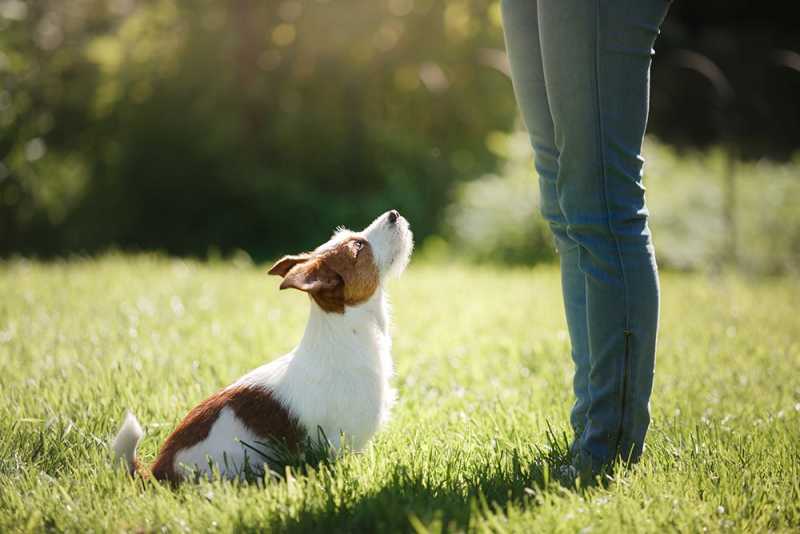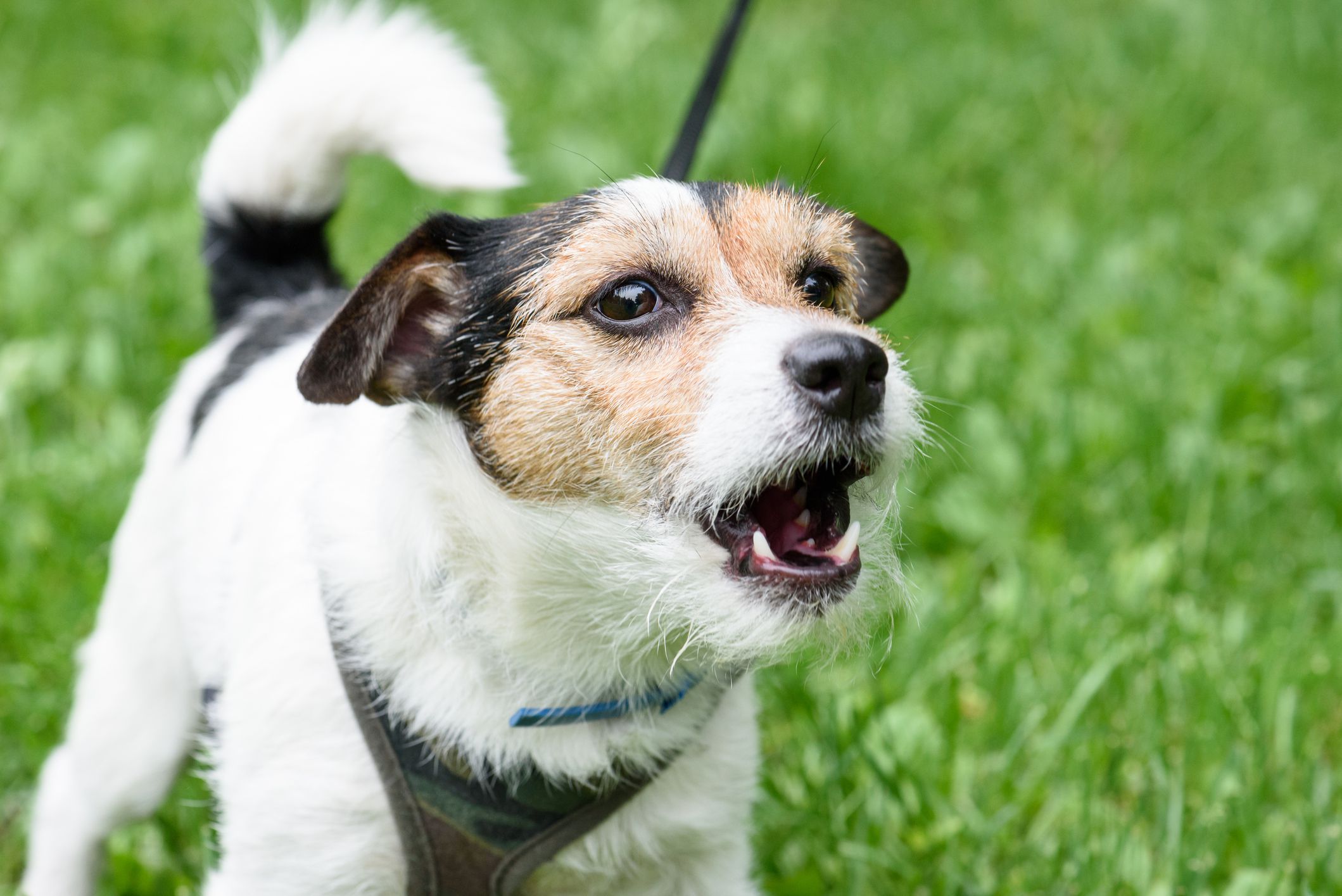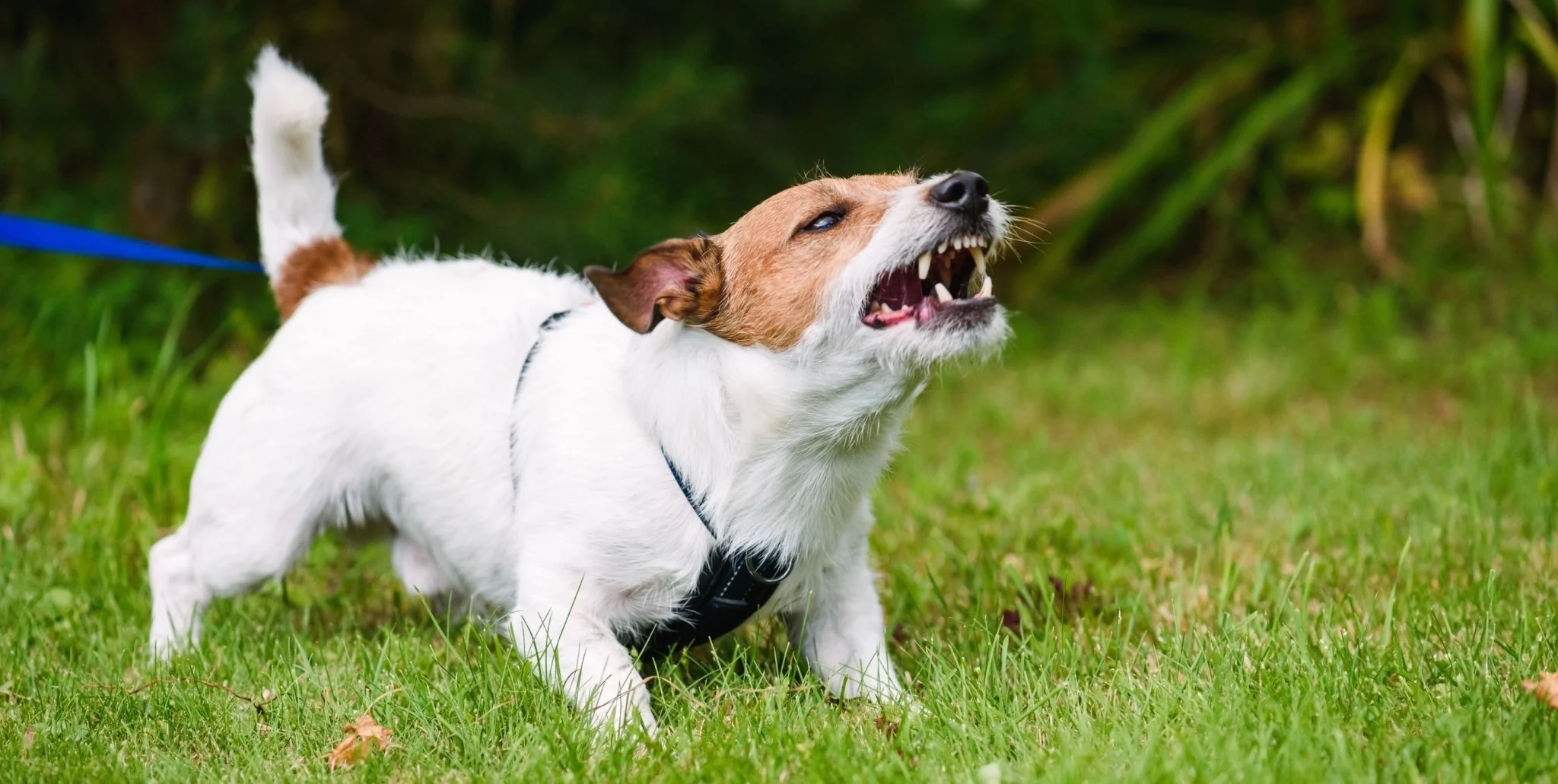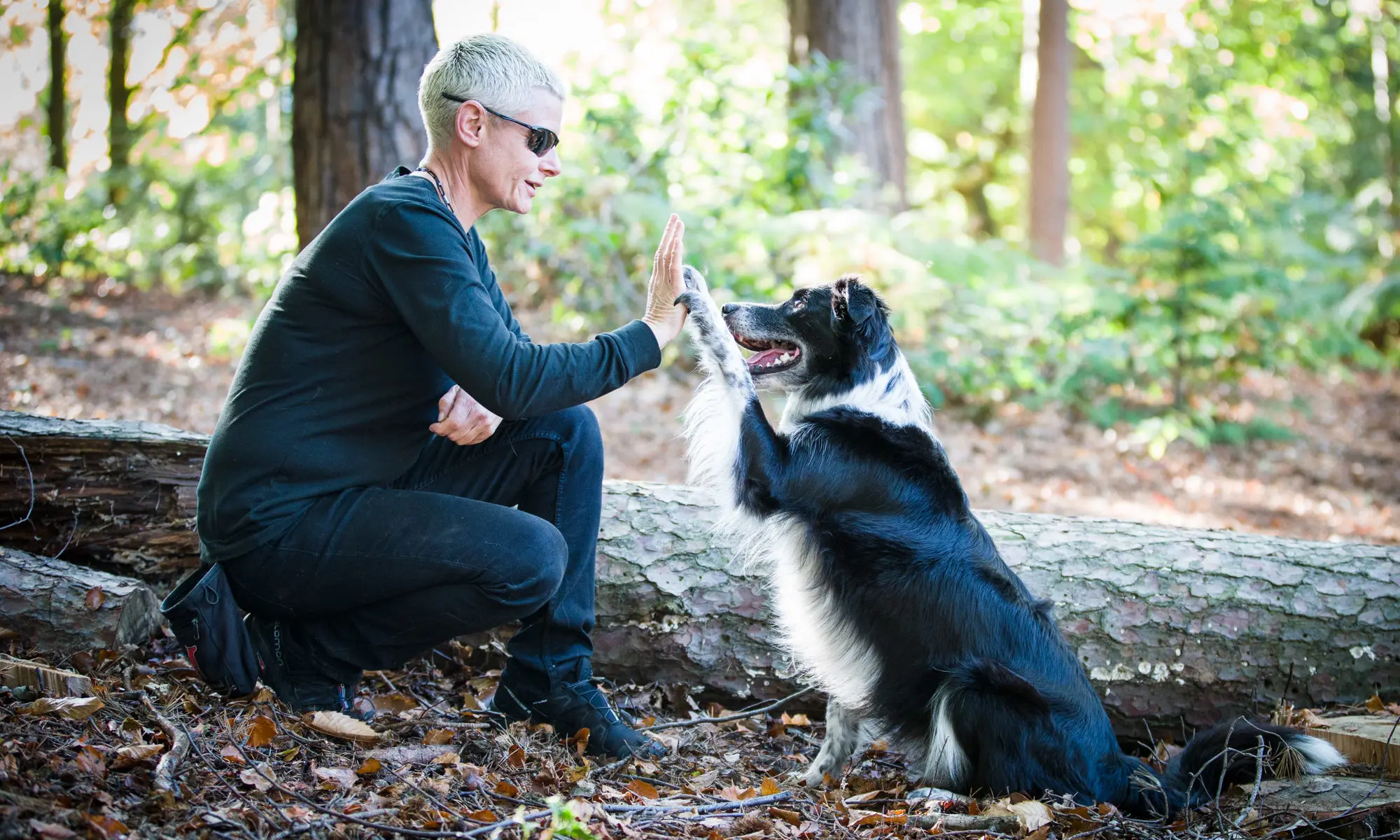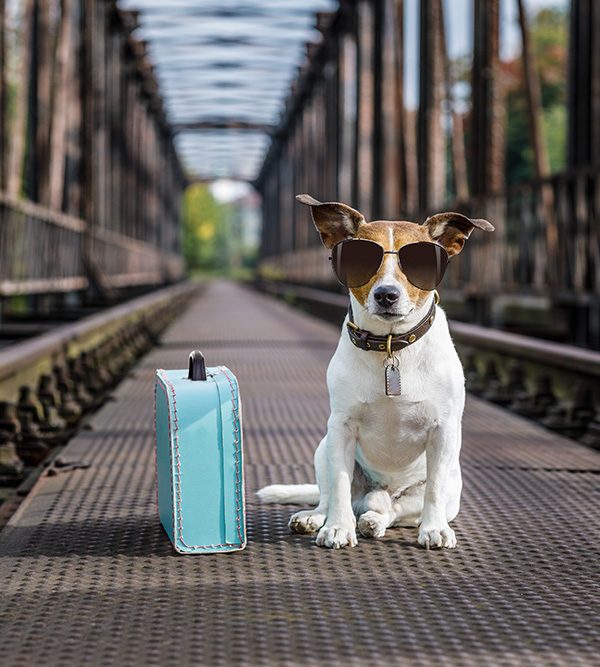Learn effective techniques to train your dog to sit on command using our comprehensive step-by-step guide.
How to Teach Your Dog to Sit
Teaching your dog to sit is one of the most basic and important commands you can teach them. A well-trained dog who knows how to sit will be easier to control in a variety of situations, and they will be less likely to jump up on people or other animals.
Step-by-step guide
Here is a step-by-step guide on how to teach your dog to sit:
- Choose a quiet place to train. You want your dog to be able to focus on you and the treat, so it’s important to choose a place where there are no distractions.
- Get some high-value treats. You want your dog to be really motivated to work for the treat, so use something they really love.
- Start with your dog in a standing position. Hold the treat in front of their nose and slowly move it up and over their head.
- As your dog follows the treat with their nose, their bottom should start to go down. The moment their bottom touches the ground, say “sit” and give them the treat.
- Repeat steps 3 and 4 several times. Be sure to give your dog the treat as soon as their bottom touches the ground.
- Once your dog is consistently sitting when you say “sit,” you can start to fade out the treat. Start by giving them the treat only some of the time, and then gradually reduce the number of times you give them the treat until they are sitting for you without any treats.
- Once your dog is sitting reliably without any treats, you can start to practice in different environments. Start with a quiet place and then gradually move to more distracting environments.
Tips for dog effective training
Here are some tips for effective dog training:
- Be patient and consistent. It takes time and repetition for dogs to learn new commands.
- Use positive reinforcement. Reward your dog with praise and treats when they do something correctly.
- Be clear and concise with your commands. Use simple language that your dog can understand.
- End each training session on a positive note. This will help your dog stay motivated to learn.
With a little patience and consistency, you can teach your dog to sit in no time!
Here are some additional tips for teaching your dog to sit:
- Use a clicker or marker word to mark the exact moment your dog sits. This will help them to associate the sit command with the action.
- If your dog is struggling to learn the sit command, you can try luring them into position with a treat. Start by holding the treat in front of their nose and then slowly move it up and over their head. As your dog follows the treat with their nose, their bottom should start to go down.
- If your dog is not sitting for you, you can try using a physical cue. Place your hand on their back and gently press down as you say “sit.”
- Be patient and consistent with your training. It may take some time for your dog to learn the sit command, but with a little effort, they will get it!
How long does it take for a dog to learn sit?
The amount of time it takes for a dog to learn sit will vary depending on the dog’s individual learning style and motivation. However, most dogs can learn the sit command in a few weeks with consistent training.
If you are having trouble teaching your dog to sit, you may want to consult with a professional dog trainer. They can help you develop a training plan that is tailored to your dog’s individual needs.
Tips
Here are some additional tips for teaching your dog commands:
- Use positive reinforcement. This means rewarding your dog with treats, praise, or attention when they obey a command.
- Be consistent. Use the same command every time and be sure to reward your dog consistently.
- Break the command down into smaller steps. This will make it easier for your dog to learn.
- Be patient. It takes time and patience to teach your dog commands.
With consistent training and patience, you can teach your dog to obey basic commands and become a well-behaved member of your family.

